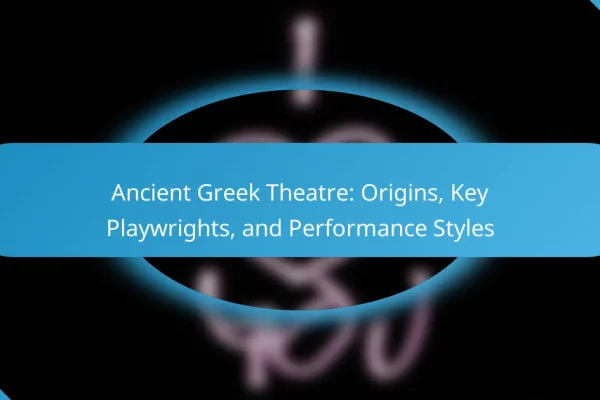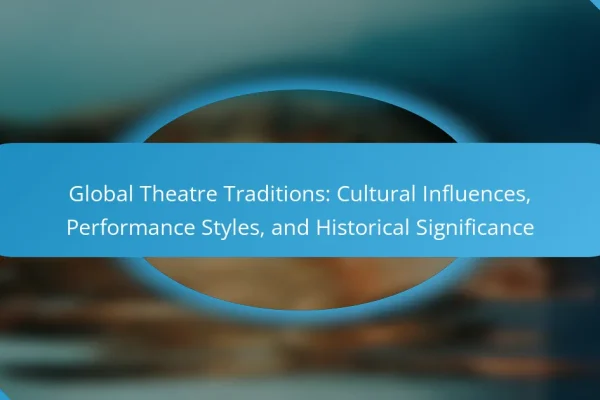
The Significance of Stage Combat Techniques in Theatre Productions
Stage combat techniques are choreographed movements in theatre designed to simulate physical conflict while ensuring performer safety. These techniques encompass various styles, including hand-to-hand combat, weapon usage, and falls, all aimed at creating the illusion of real violence. Training for stage combat involves learning specific strikes, blocks, and reactions, often facilitated through workshops led by…







